Luxembourg has a well-developed and efficient transport system that includes road networks, public transportation, and cycling infrastructure. Here’s an overview of the key components of the Luxembourg transport system:
- Road Network:
- Highways: Luxembourg has an extensive network of highways that connect it with neighboring countries. The A1 motorway connects Luxembourg City to Trier in Germany and the Belgian border. The A3 motorway runs to the French border and provides access to southern France.
- National Roads: In addition to highways, Luxembourg has a well-maintained network of national roads.
- Public Transportation:
- Buses: The primary mode of public transportation within Luxembourg is the bus system. The national bus company, “Autobus de la Ville de Luxembourg” (AVL), operates a comprehensive network that covers the entire country. Other regional and local bus companies also provide services in different parts of Luxembourg.
- Trains: The Luxembourg railway network is operated by the state-owned company, CFL (Chemins de Fer Luxembourgeois). It connects major cities and towns within the country and provides international connections to Belgium, France, and Germany. The central railway station in Luxembourg City is a major transportation hub.
- Trams: Luxembourg City also has a tram network that serves the urban and suburban areas.
- Cycling: Luxembourg is investing in cycling infrastructure, making it a convenient mode of transportation, especially in urban areas. There are dedicated bike lanes and bike-sharing services available in cities like Luxembourg City.
- Aviation:
- Luxembourg Findel Airport (Aéroport de Luxembourg-Findel) is the country’s only international airport. It’s situated in the town of Findel and serves as a major cargo hub in addition to passenger services.
- Taxis and Ride-Sharing:
- Taxis and ride-sharing services like Uber are available in Luxembourg, particularly in urban areas.
- Walking: Luxembourg City, in particular, is pedestrian-friendly with well-maintained sidewalks and pedestrian zones.
- Carpooling and Car-Sharing:
- Carpooling and car-sharing services are also available, promoting eco-friendly and cost-effective transportation options.
- Pricing and Fares:
- Luxembourg has implemented free public transportation on buses, trams, and trains for all residents and tourists, making it the first country in the world to do so. This initiative, known as “Free Transport,” is aimed at reducing traffic congestion and promoting eco-friendly transportation.
- Future Developments:
- Luxembourg continues to invest in its transportation infrastructure. Future plans include the expansion of the tram network, further development of cycling infrastructure, and improvements to the road network.
Overall, Luxembourg’s transport system is known for its efficiency, convenience, and its commitment to sustainable and eco-friendly transportation solutions. The “Free Transport” initiative is a unique and progressive step towards reducing the environmental impact of transportation while improving accessibility for all residents and visitors.

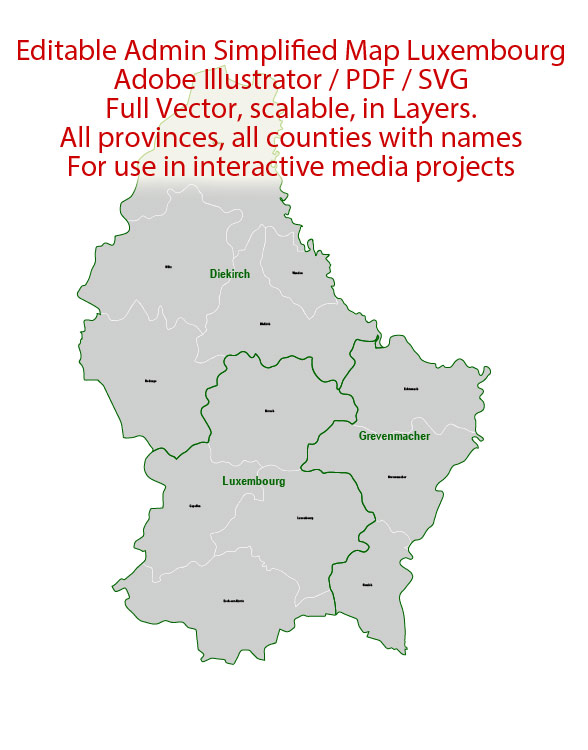
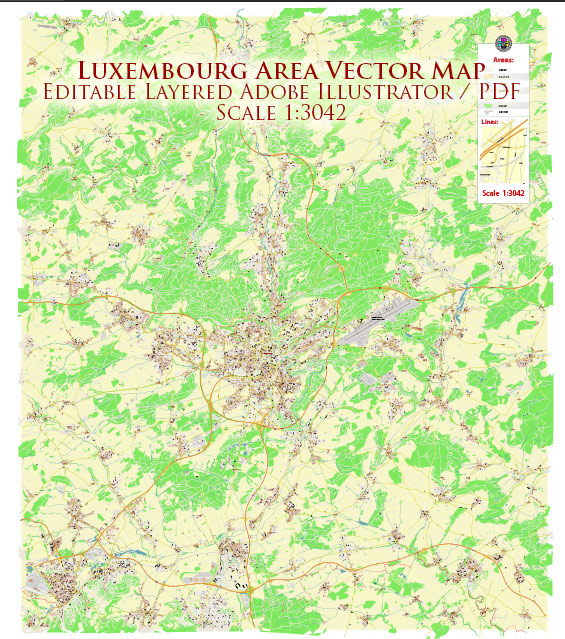
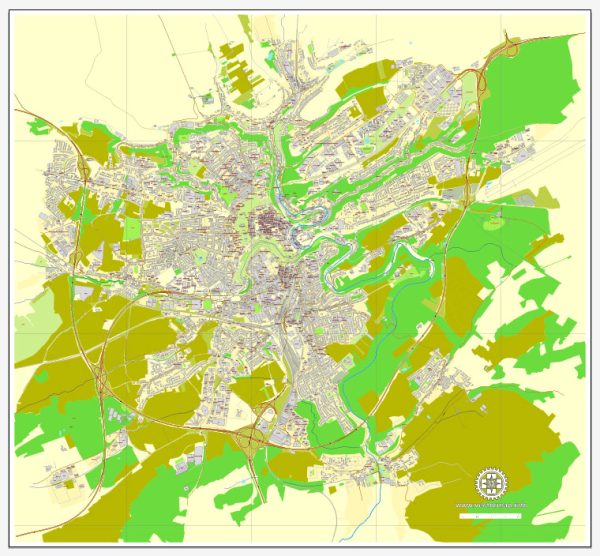
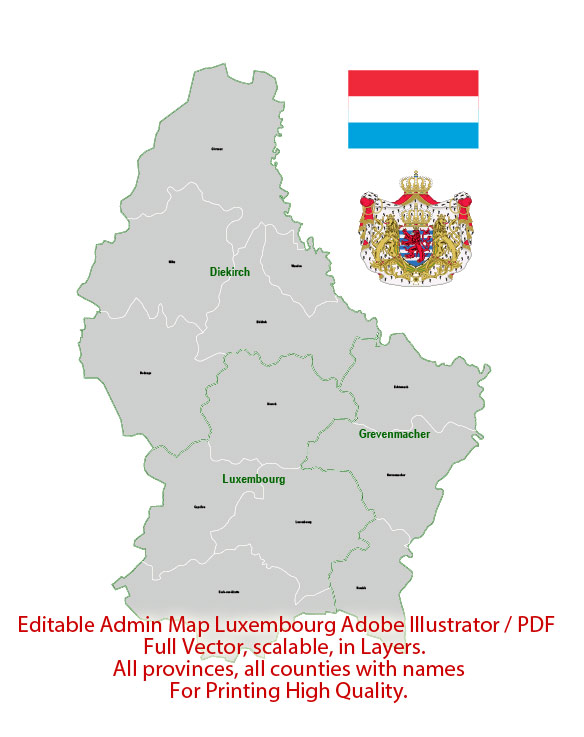

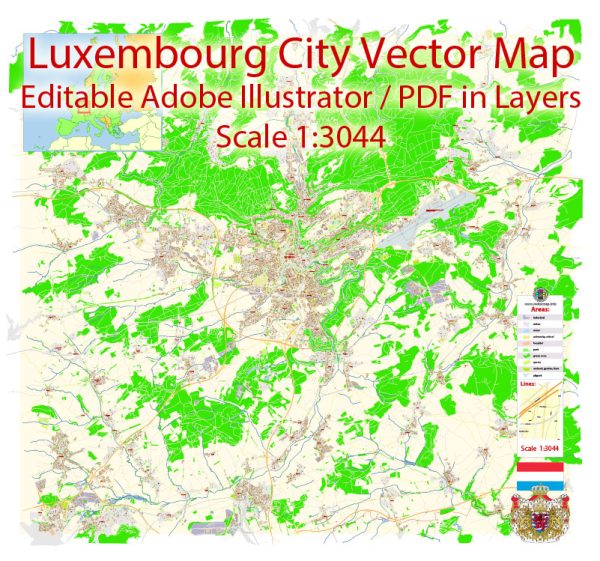
 Author: Kirill Shrayber, Ph.D.
Author: Kirill Shrayber, Ph.D.